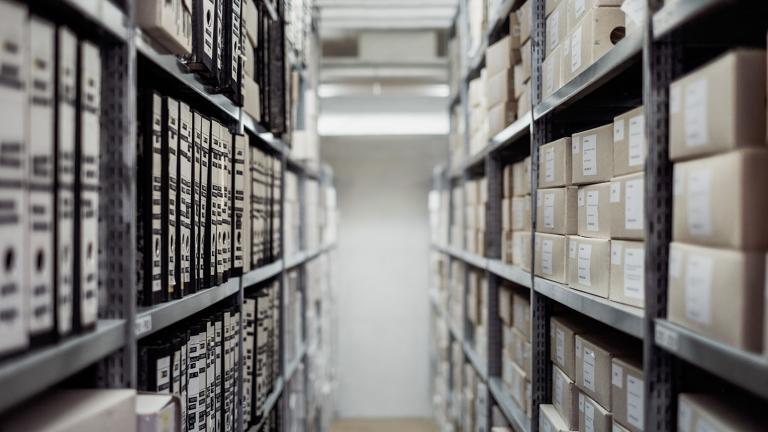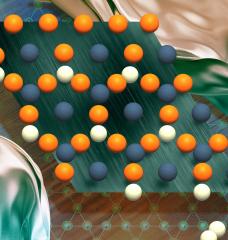
Like many many other people, I subscribe to Amazon prime for its convenience and speed. Nothing like clicking a button and having a widget appear at your doorstep in two days. At the same time, I worry about the additional carbon footprint of shipping a package to my house. Now that Amazon has bought Whole Foods, they will soon have warehouses for groceries - I might be able to order food from my desk and have it be delivered within an hour. Is that a good thing or a bad thing? Some thoughts:
The Good: They can consolidate deliveries so instead of me and my neighbor driving to the local store on separate occasions and burning gas while doing so, we can stay home watching the House of Cards while the food is delivered to us - the marginal carbon emissions of driving from my neighbor's house to my house are surely less than the emissions coming out of two people driving to the store.
The Bad: Additional Packaging and handling might nullify any advantages that come from reducing trips to the store.
The Ugly: Food supply chains become even more opaque. It's in Amazon's interest to maximize it's already awe-inspiring inventory and logistical strengths and why would they want to tell me if that apple they just delivered was plucked ten miles away or a thousand? Of course, that data may be available in principle, but it will not affect buying decisions if it's hidden in the fine print.
I am sure I am missing out on several factors. What might they be? We need quantitative measures of the carbon impact of mergers and acquisitions. Can David Keith's course on edX help us do that?






